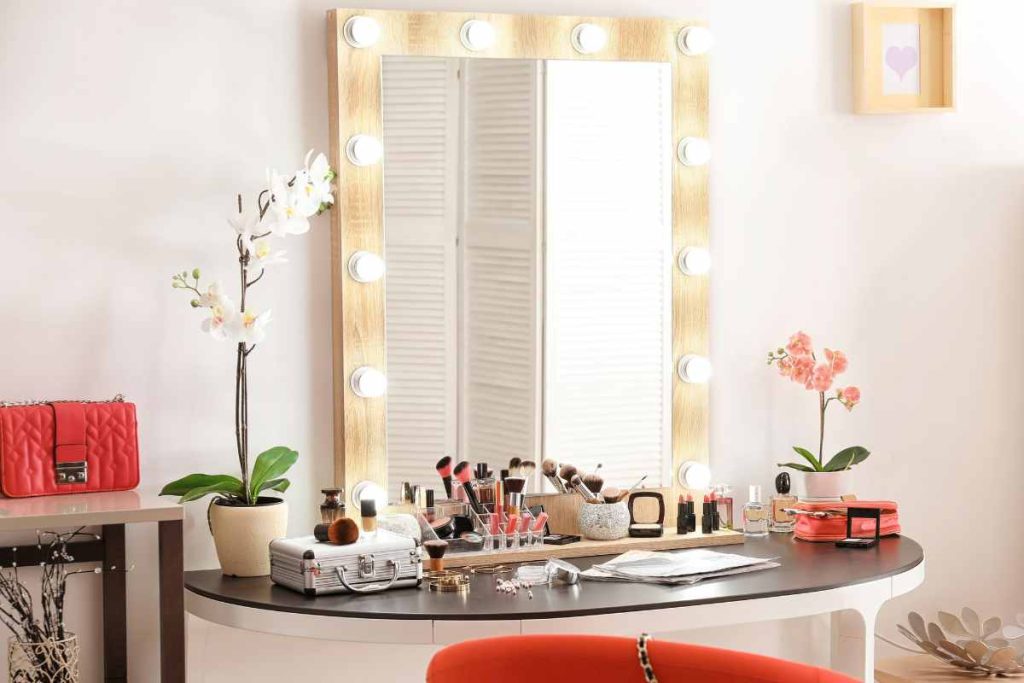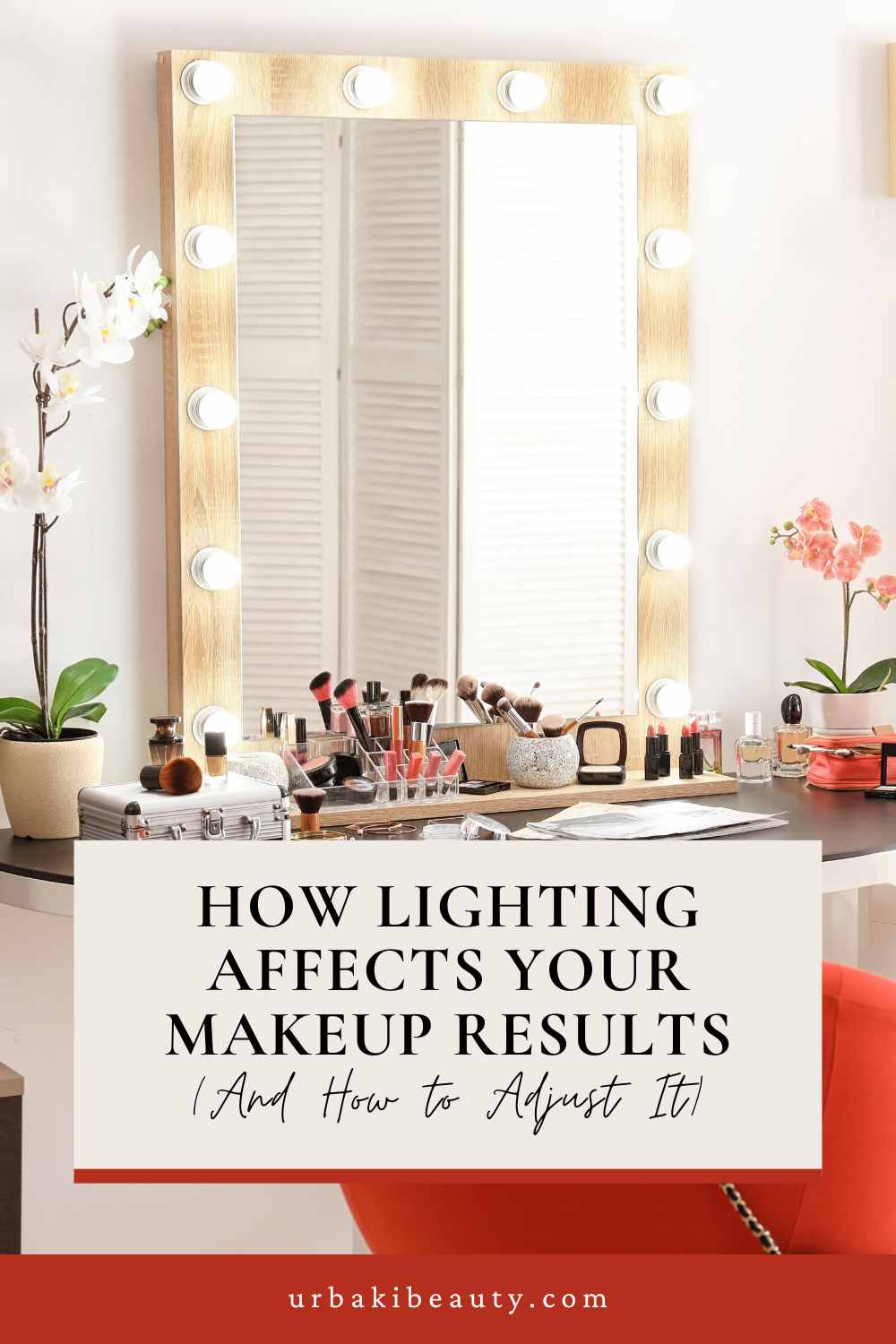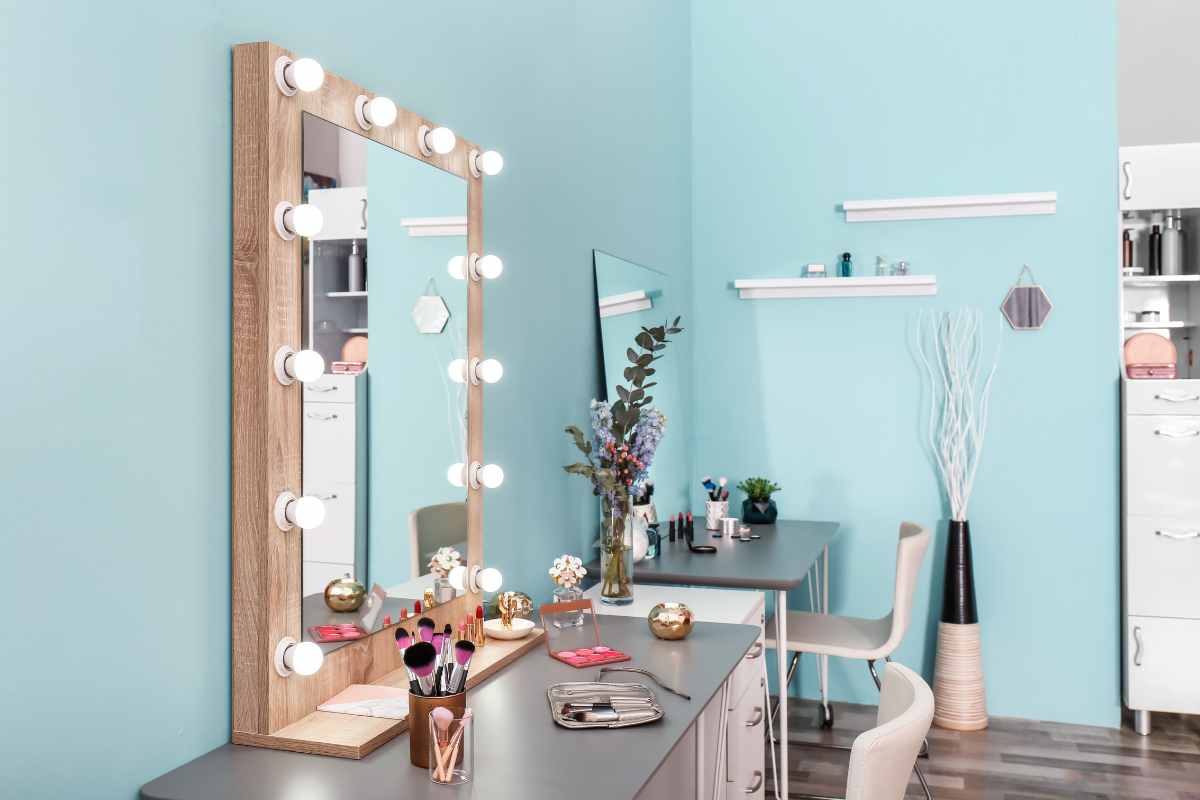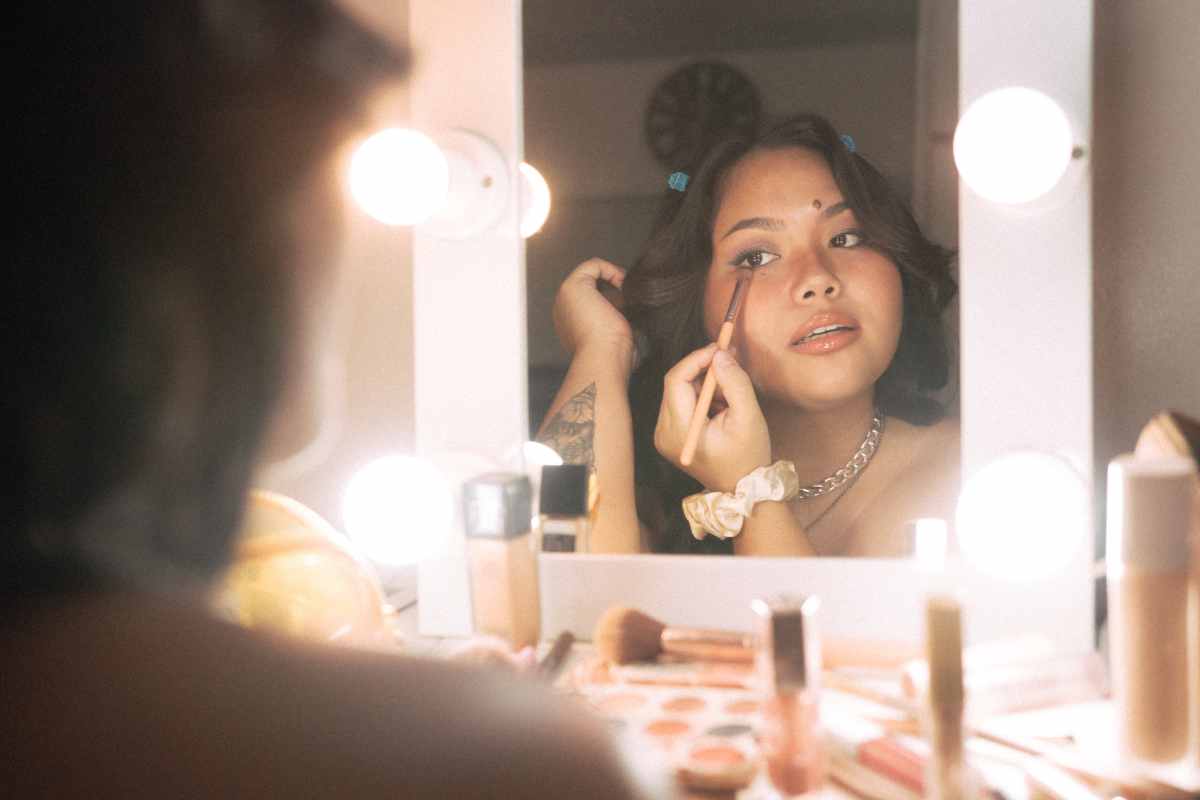How Lighting Affects Your Makeup Results (And How to Adjust It)

When it comes to makeup application, most of us focus on products, techniques, and tools. But one crucial factor that can make or break your makeup look is lighting.
The light under which you apply your makeup has the potential to drastically change how it appears once you step out into natural light or head to an event.
In this article, we'll explore how lighting influences makeup and provide tips on how to adjust your lighting for the best results.
The Importance of Lighting in Makeup Application
Lighting plays a significant role in determining how your makeup will look throughout the day. Inadequate or incorrect lighting can make it difficult to achieve a natural, flawless appearance.
When applying makeup in the wrong lighting, you may end up over-applying foundation, under-applying concealer, or misjudging how harsh your eyeshadow looks.
Different types of lighting can create varying effects on your skin tone and makeup application. The key to a perfect makeup look is ensuring that the lighting you're using mimics natural daylight as closely as possible.
This is because natural light is typically balanced and neutral, allowing for the truest reflection of your makeup.
Types of Lighting That Affect Makeup
There are a variety of lighting types commonly used when applying makeup, each with its own set of characteristics. Here's a breakdown of how each type can influence your makeup results:
1. Natural Light
Natural light is often considered the gold standard for makeup application. It provides the most accurate reflection of how your makeup will look in real life, outside of the confines of your makeup room.
Pros of natural light:
It allows you to see true skin tones and undertones.
Helps you gauge whether you've applied the right amount of product, avoiding the dreaded "cakey" look.
Helps in judging the blend and intensity of your eyeshadow, foundation, and blush.
Cons of natural light:
You may only be able to use natural light during the day, which limits application time.
If you're near a window, direct sunlight might create harsh shadows that can distort how your makeup looks.
2. Warm Lighting
Warm lighting, often found in many homes, especially in lamps or overhead lights, has a yellow or orange hue. This light can cause your makeup to appear more glowing, but also a bit off when you step into cooler lighting environments.
Pros of warm lighting:
It can make your makeup look more dewy and radiant, perfect for those wanting a healthy, glowy finish.
Creates a soft, flattering look that minimizes imperfections.
Cons of warm lighting:
It can give you a false sense of your skin tone, making it difficult to match foundation and concealer correctly.
May cause you to apply makeup more lightly than necessary, resulting in uneven coverage.
3. Cool Lighting
Cool lighting has a bluish hue, often found in fluorescent or LED bulbs. This type of lighting can alter the way colors appear on your face, especially warm-toned products like blush, bronzer, and eyeshadow.
Pros of cool lighting:
Ideal for assessing how your makeup will look under artificial, colder light sources.
Offers a clear, bright environment that highlights every detail.
Cons of cool lighting:
Cool tones can make your makeup look harsh, especially foundation and blush, which may appear more pronounced.
It may mislead you about your makeup's final effect in warmer lighting, making you overdo it on the products.
4. Overhead Lighting
Overhead lighting is typically found in most bathrooms and living spaces. It’s a type of lighting where light is positioned directly above you, often casting shadows onto the face.
Pros of overhead lighting:
It's easy to access and often abundant.
Gives a general idea of your makeup's appearance in ambient light.
Cons of overhead lighting:
It can create harsh shadows on your face, making it difficult to see your makeup accurately.
It tends to highlight imperfections or unevenness in your makeup application.
This kind of lighting often doesn't represent how your makeup will look in real-life situations.
How to Adjust Your Lighting for Makeup Application
Now that you understand how different lighting types can impact your makeup results, let’s look at ways to adjust and optimize lighting for better application:
1. Use Daylight Bulbs
To simulate natural light, try using daylight-spectrum light bulbs in your vanity or makeup area. These bulbs emit a cool, neutral light similar to daylight, making it easier to see your makeup as it would appear outdoors.
Tip: If you don’t have a vanity mirror with built-in lighting, purchase daylight bulbs for your regular lighting fixtures or use a portable makeup mirror with natural lighting.
2. Avoid Harsh Overhead Lights
Overhead lights can cast shadows on your face, distorting how your makeup looks. If possible, try to apply your makeup in front of a well-lit vanity with light sources positioned at eye level, such as lights mounted on your mirror or a desk lamp with adjustable brightness.
Tip: Avoid using harsh overhead lights directly above your face. If your bathroom lighting is overhead, try to sit near a window or adjust the light placement.
3. Choose the Right Angle
When applying makeup, try to position yourself at an angle where the light falls directly on your face. Facing the light helps you see your skin tones and the way makeup interacts with your natural features.
Tip: When using a ring light or any other lighting source, angle it at 45 degrees so that it illuminates your face evenly, without casting deep shadows or bright spots.
4. Consider Natural Light During the Day
Whenever possible, take advantage of natural sunlight. If you're applying makeup during the day, place yourself near a window that receives direct sunlight. This will give you the best idea of how your makeup will appear in real-world conditions.
Tip: If you're getting ready in the evening, make sure the artificial light you use mimics natural daylight to prevent mismatches.
5. Use Multiple Light Sources
For the best and most balanced makeup application, use multiple light sources. Instead of relying on one source, consider having several light bulbs or lamps in your makeup area. This will help minimize shadows and ensure you’re seeing your makeup from multiple angles.
Tip: Position two lamps at 45-degree angles on either side of your mirror for evenly distributed light.
Conclusion
Lighting significantly affects how your makeup looks. Whether you’re applying foundation, eyeshadow, or lipstick, the type of light you use can change the way products appear on your face.
Natural light is typically the best for achieving accurate, natural results, while warm or cool lighting can create misleading effects that may cause you to over or under-apply products.
To adjust for lighting and ensure you’re applying makeup with the best view, use daylight bulbs, avoid harsh overhead lights, position yourself to face the light, and consider having multiple sources of light around your makeup area.
With the right lighting adjustments, you’ll be able to create a makeup look that’s flattering and true to life, regardless of the environment.
Did you find this post useful or inspiring? Save THIS PIN to your Beauty Board on Pinterest! 😊






You may also like